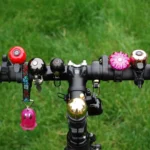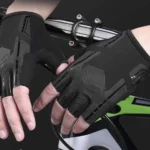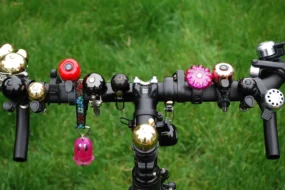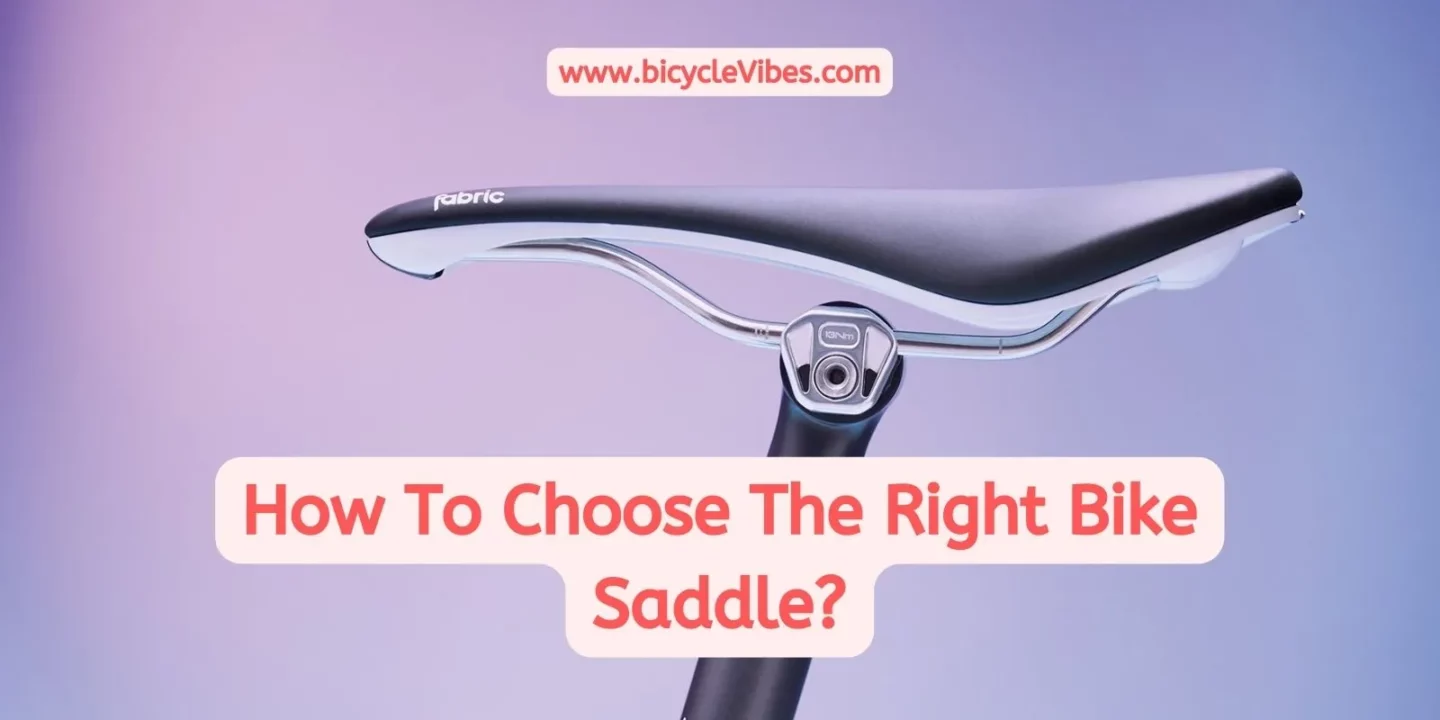
The bicycle saddle holds significant importance as a crucial bike component. It holds the power to determine the comfort or discomfort of your ride. In a marketplace flooded with numerous models, selecting the ideal saddle that matches your body and riding preferences can indeed pose a challenge.
Table of Contents
The benefits of choosing the right saddle
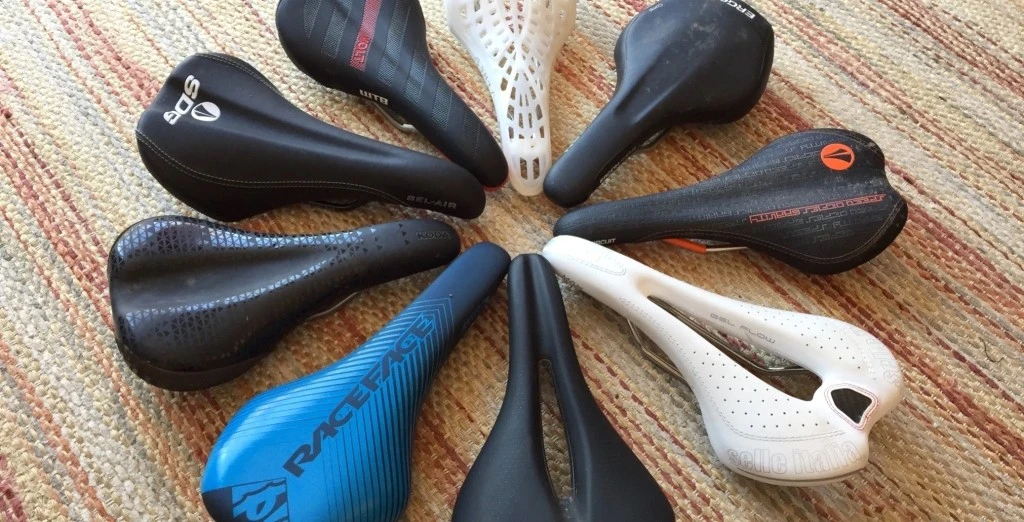
Opting for the appropriate bike saddle holds immense sway over your riding encounter. A poorly fitting saddle can result in discomfort, numbness, and chafing, in contrast to a suitably fitted saddle that facilitates a pleasant, painless journey. Moreover, a thoughtfully crafted saddle can enhance pedaling efficiency by supplying ideal backing for your body’s weight.
Focus on saddle length and width
When purchasing a saddle, pay heed to its length and width – two pivotal elements. The saddle’s width must align with your pelvic bone width, dictating your ischial placement. Should the saddle be excessively narrow, it may lead to discomfort and friction; conversely, an overly wide saddle can chafe the thighs. Equally crucial is the saddle’s length. Excessive length can trigger genital discomfort, whereas inadequate length can induce back pain.
Do I need a pierced saddle or not?
The trend of incorporating central openings in bicycle saddles is on the rise, attributed to their potential for alleviating pressure on delicate regions. These openings aid in diminishing genital pressure and curtailing chafing and irritation. Nevertheless, it’s pivotal to acknowledge that pierced saddles may not be universally fitting. If uncertainty prevails regarding the compatibility of a pierced saddle with your physique and riding approach, seeking guidance from a specialist is prudent. A postural analysis serves as a highly efficacious method to pinpoint the precise saddle type you require.
Should I choose a gel saddle?
Crafted with the intent of enhancing cushioning and comfort, gel bicycle saddles offer distinct advantages. Gel possesses the ability to absorb shock and diminish vibrations, proving advantageous for extended rides or rugged terrains. Yet, it’s worth noting that gel saddles may exhibit greater weight and bulkiness, factors that might not universally align with every cyclist’s preference. Additionally, an essential consideration is that the gel’s efficacy can dwindle over time due to compression, leading to a decline in saddle comfort.
Consequences of an ill-fitting bicycle saddle
Inadequate bike saddle selection can lead to issues encompassing discomfort, pain, and performance setbacks. Saddle misfits can result in genital, thigh, buttock, back, and shoulder pain. Furthermore, such mismatches can induce numbness and tingling, adversely influencing blood circulation. Ultimately, an unfitting saddle can curtail pedaling efficiency and speed, thereby impairing your overall performance.
You might like also to read: List of The Best Mountain Bike Saddle Bags
Related Q&A
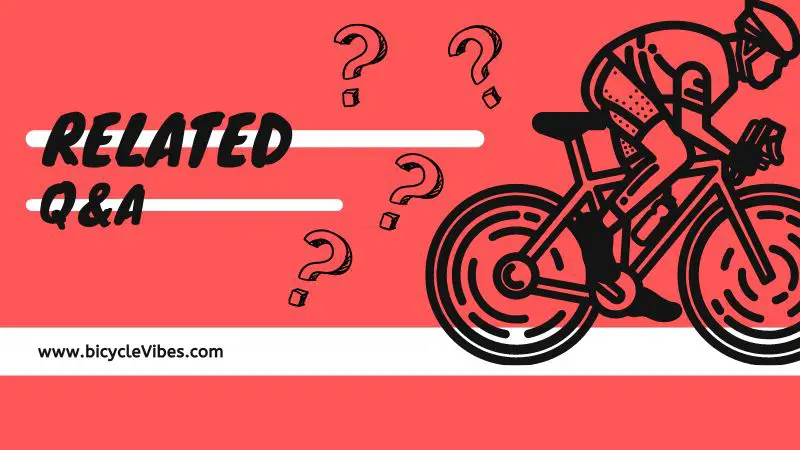
Q1: Why is choosing the right bike saddle crucial for comfortable and enjoyable rides?
A1: Choosing the right bike saddle is crucial because an uncomfortable saddle can lead to pain and discomfort during rides.
Q2: What factors should you consider when selecting a suitable saddle for your bike?
A2: Factors to consider include saddle width, padding, material, shape, and your riding style.
Q3: How does the width of the saddle impact your comfort during cycling?
A3: The saddle width should match your sit bone width to provide proper support and prevent discomfort.
Q4: What role does padding play in providing comfort on a bike saddle?
A4: Padding adds cushioning, but too much padding can lead to pressure points and discomfort on longer rides.
Q5: Why is it important to measure your sit bone width before choosing a saddle?
A5: Measuring sit bone width helps you choose a saddle that matches your anatomy for optimal comfort.
Q6: What are the benefits of a cutout or groove in a bike saddle design?
A6: A cutout or groove relieves pressure on sensitive areas, enhancing blood flow and reducing discomfort.
Q7: How does the riding position influence the type of saddle you should opt for?
A7: More upright riding positions benefit from wider, more cushioned saddles, while aggressive positions require narrower designs.
Q8: What are the differences between male and female-specific bike saddles?
A8: Female-specific saddles tend to be wider and have different shapes to accommodate anatomical differences.
Q9: Why should you test a saddle before making a final decision on its suitability?
A9: Testing a saddle allows you to assess its comfort and suitability for your body and riding style.
Q10: What are some common mistakes to avoid when selecting a bike saddle for your needs?
A10: Avoid choosing a saddle solely based on looks, ignoring proper measurements, or assuming one-size-fits-all comfort.



